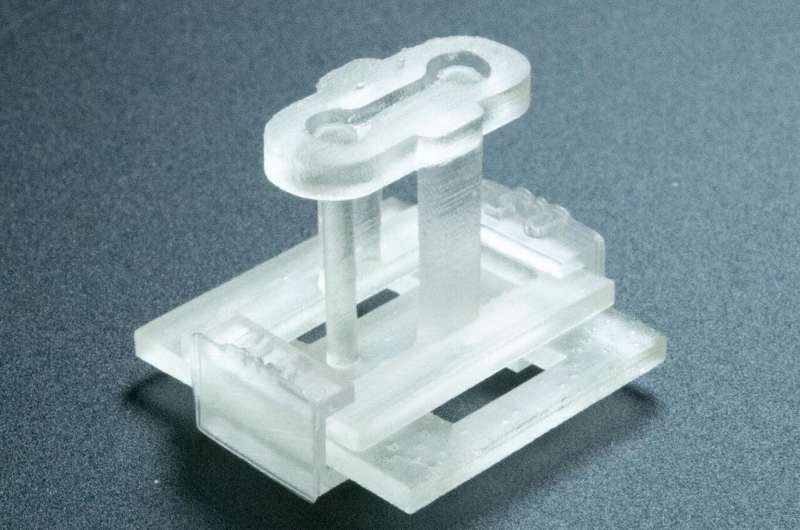One goal of tissue engineering is to create lab-made environments that recreate the natural habitats of cells.
Suspending cells in a gel between two freestanding posts is one of the current modeling platforms for growing heart, lung, skin and musculoskeletal tissues.
While this approach allows cells to behave as they would inside the body, it has not made it easy to study multiple tissue types together. More precise control over the composition and spatial arrangement of tissues would allow scientists to model complex diseases, such as neuromuscular disorders.

